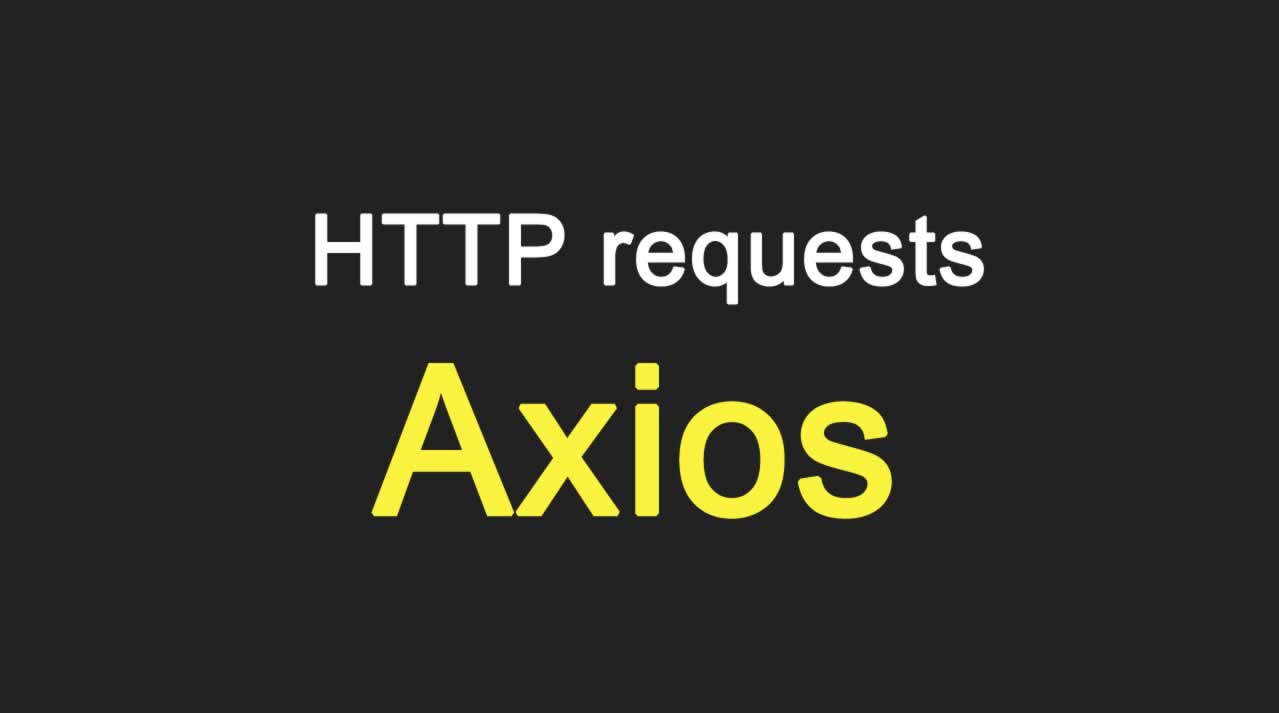Table of Contents
- How to make HTTP Requests Using Axios Library - Knoldus Blogs
- The Modern Way to Use Promise- Based HTTP Requests: axios-hooks
- HTTP requests using Axios
- axios 사용시 폼 데이터 전송하기 (+파일 업로드) | 두글 개발자 블로그
- Demystifying Axios instance. Axios is a popular JavaScript library ...
- How to make HTTP Requests Using Axios Library - Knoldus Blogs
- Axios
- Axios Tutorial - YouTube
- 1 - Introduction To Axios - YouTube
- What is Axios?. Axios is a simple HTTP client that uses… | by TechLearn ...

Axios is a popular, open-source, and lightweight JavaScript library used for making HTTP requests from the browser or Node.js. Developed by Matt Zabriskie, Axios has gained widespread adoption in the developer community due to its simplicity, flexibility, and ease of use. In this article, we will delve into the definition, features, and examples of Axios, exploring its capabilities and benefits for web development.


What is Axios?

Axios is a promise-based HTTP client library that allows developers to send HTTP requests and interact with web servers. It provides a simple and intuitive API for making requests, handling responses, and managing errors. Axios supports a wide range of HTTP methods, including GET, POST, PUT, DELETE, and more. Its primary goal is to simplify the process of making HTTP requests, making it easier for developers to focus on building robust and scalable web applications.


Key Features of Axios

Axios boasts an impressive array of features that make it an attractive choice for developers. Some of its key features include:

- Promise-based API: Axios uses promises to handle asynchronous requests, making it easier to write and manage code.
- Simple Syntax: Axios has a concise and intuitive API, reducing the amount of code needed to make requests.
- Support for JSON Data: Axios automatically converts JSON data to JavaScript objects, simplifying data handling.
- Canceling Requests: Axios allows developers to cancel ongoing requests, improving performance and reducing unnecessary network traffic.
- Interceptors: Axios provides interceptors for modifying requests and responses, enabling features like authentication and logging.


Examples of Using Axios
Axios can be used in a variety of scenarios, from simple GET requests to complex POST requests with JSON data. Here are a few examples:
Example 1: Simple GET Request
```javascript import axios from 'axios'; axios.get('https://api.example.com/data') .then(response => { console.log(response.data); }) .catch(error => { console.error(error); }); ```Example 2: POST Request with JSON Data
```javascript import axios from 'axios'; const userData = { name: 'John Doe', email: 'john.doe@example.com' }; axios.post('https://api.example.com/users', userData) .then(response => { console.log(response.data); }) .catch(error => { console.error(error); }); ```In conclusion, Axios is a powerful and flexible JavaScript library that simplifies the process of making HTTP requests. Its promise-based API, simple syntax, and robust features make it an ideal choice for web development. By understanding the definition, features, and examples of Axios, developers can unlock its full potential and build scalable, efficient, and robust web applications.
Whether you're a seasoned developer or just starting out, Axios is definitely worth exploring. Its widespread adoption and active community ensure that it will continue to evolve and improve, providing a solid foundation for building modern web applications.